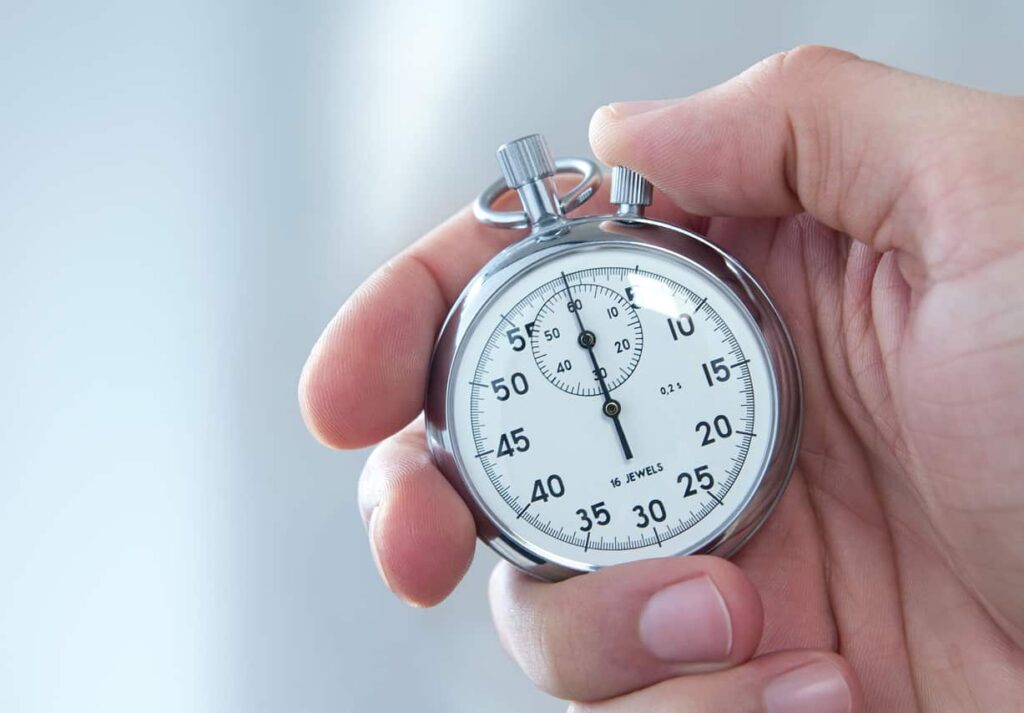Back in the Universal Analytics days, Average Visit Duration (time-on-site) was a handy but often-misunderstood proxy for visitor interest. In 2025 you’re almost certainly on Google Analytics 4 (GA4), where that metric has been replaced by Average Engagement Time per Session and Engaged Sessions. Knowing how these new signals are calculated—and where they still fall short—keeps you from making bad optimisation calls.
How GA4 Measures Time
- Average Engagement Time per Session = total engaged seconds ÷ engaged sessions.
- An engaged session is one that
- lasts at least 10 seconds while the tab is in focus, or
- records a conversion event, or
- contains 2 or more page/screen views.
- The timer pauses when the page is sent to the background (after ~5 seconds of invisibility) or the browser is minimised.
- A session still times-out after 30 minutes of inactivity (default).
Because “engagement time” stops when the user isn’t actively viewing the page, leaving the browser open during lunch no longer inflates the metric the way it could in old reports. If the visitor returns after the 30-minute threshold, GA4 simply starts a new session.
Why the Change Matters
Average Engagement Time tells you what proportion of a user’s active attention a page captures, but it still misses silent drop-offs on the last viewed page. Complement it with these GA4 signals:
- Engagement Rate (inverse of Bounce Rate) – percentage of sessions that qualify
as “engaged.” - Scroll Depth event – fire at 50 % and 90 % to see how deep users really read.
- Video progress events – 25 / 50 / 75 / 100 % milestones for embedded players.
Practical Landing-Page Tips for 2025 Campaigns
- Chunk content so the primary call-to-action sits above the 50 % scroll mark; you’ll know quickly if interest is fading.
- Add micro-conversions (click-to-call, brochure download, chatbot open) and mark them as GA4 conversion events. They turn “lurkers” into engaged sessions.
- Implement server-side tagging for more reliable session stitching when browsers block third-party cookies.
- Speed still rules: keep Largest Contentful Paint under 1.8 s on 4G and measure with the GA4
web_vitalsevent.
Key Takeaways
Average Visit Duration’s modern cousin—Average Engagement Time—filters out background tabs and idle windows, giving you cleaner insight into visitor interest. Pair it with engagement-rate metrics and event tracking to reveal the why behind the numbers, then iterate your landing pages accordingly.
Need help wiring up GA4 events or interpreting your engagement reports? Contact the HyperX analytics team and we’ll dig in together.
